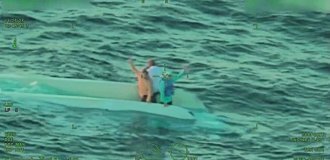Charvolant: The Story of a Man Who Rid the Wind (7 photos)
On a cold winter's day, January 8, 1822, a remarkable carriage made the journey from Bristol to Marlborough. Its creator, English educator George Pocock, dared to set out with his wife and children, but instead of horses, his carriage was pulled by two giant kites. 
By completing the 182-kilometer route, the family proved the viability of their original invention, which Pocock named the Charvolant. 
George's passion for kites began in childhood. He was fascinated by their ability to conquer the sky and, through experiments, discovered their powerful lifting force. Beginning with lifting small stones, he gradually progressed to more risky experiments, often involving his children.
One day, Pocock seated his young daughter in a wicker chair and, using a huge kite, ferried her across the Avon Gorge. The daring experiment was successful, and the girl would later become the mother of the famous cricketer W.G. Grace. And in 1824, the inventor used the same method to lift his son to the top of a 60-meter cliff. 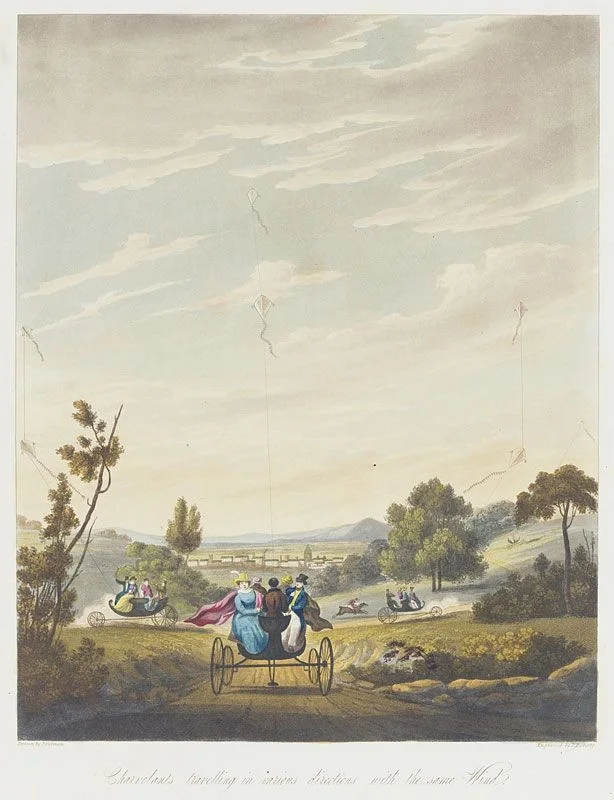
After two years of hard work, Pocock officially filed a patent for his Charvolant. The design consisted of a carriage pulled by a pair of kites, connected to a carriage by an incredible length of cable—between 450 and 550 meters. The traction force was sufficient to quickly move the carriage with passengers. Four slings controlled the position of the kites and a special T-shaped lever turned the front wheels. A metal pin lowered to the road surface served as a brake. 
Cover of the first edition of "The Art of Aeropleustics, or Aerial Navigation by Kites or Floating Sails" by George Pocock
After a series of tests, the enthusiast published a book, "The Art of Aeropleustics, or Aerial Navigation by Kites and Sails," in which he vividly described the advantages of his brainchild. He claimed that this mode of travel was unrivaled in its level of comfort:
With the ability to tame the fury of the winds, our celestial harness cuts through the clouds with ease, while the magical chariot glides smoothly across the earth. To casual observers, the swift and silent movement seems more an illusion than a real event. 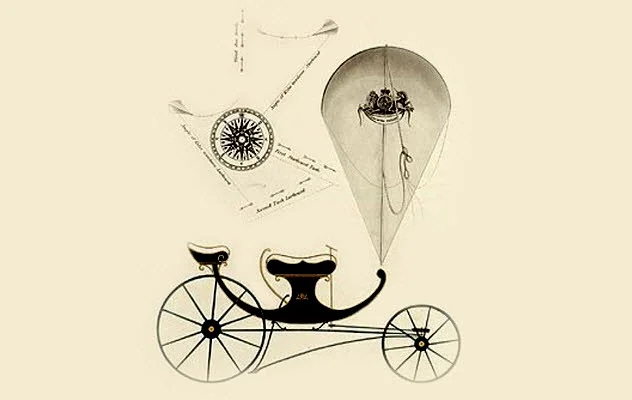
Diagram of the Charvolant
According to the inventor, during its journeys, the Charvolant maintained a speed of about 32 km/h over long stretches, and covered a kilometer in just over two and a half minutes, even on poor roads. By partially unloading the wheels using the kites' lift, the carriage literally floated over potholes, making the journey exceptionally smooth. 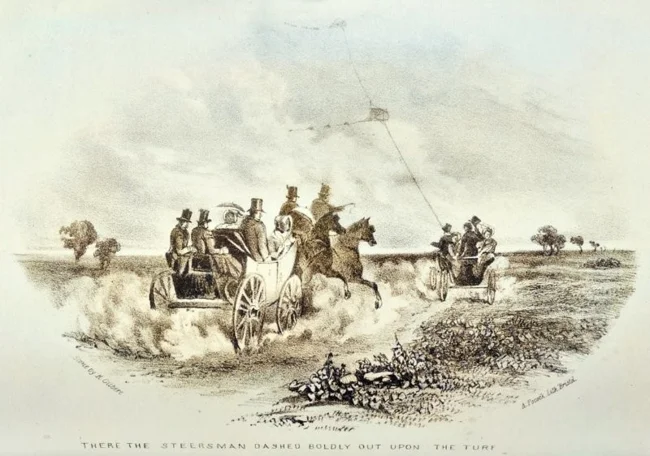
A charvolant overtakes a horse-drawn carriage
Pocock persistently sought ways to popularize his invention. He proudly noted that his carriage had the right to pass free through toll barriers, since tolls were levied exclusively on horse-drawn carriages. The innovator also proposed using kites in navigation—as an auxiliary sail, an anchoring device, or a rescue tool. 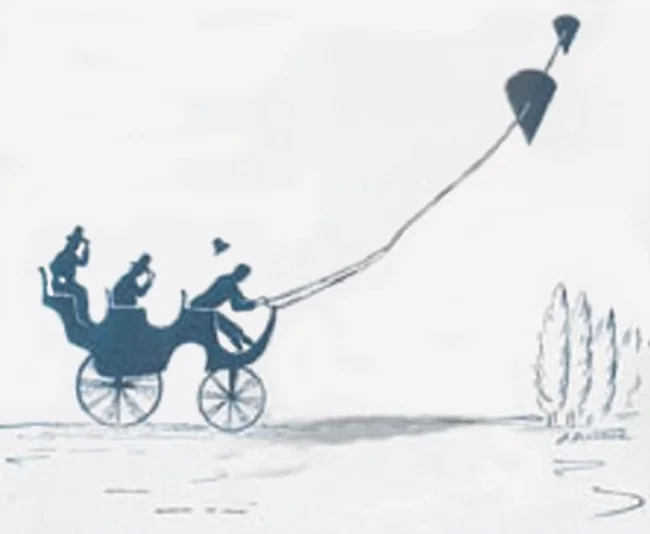
Drawing of George Pocock's kite propulsion system, 1827
However, despite all efforts, the Charvolant failed to generate widespread public attention, likely due to the difficulty of operating the design. Nevertheless, Pocock and his family remained committed to their invention and used the wind-powered carriage for personal travel until its creator's death in 1843.








